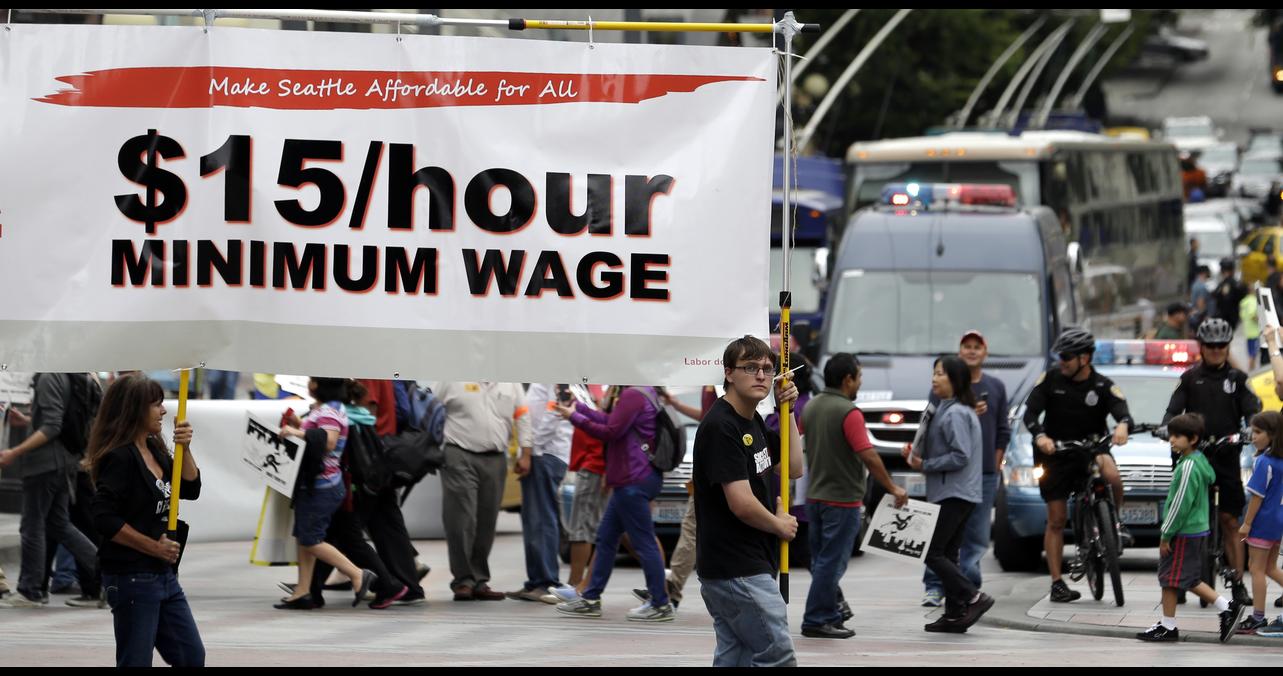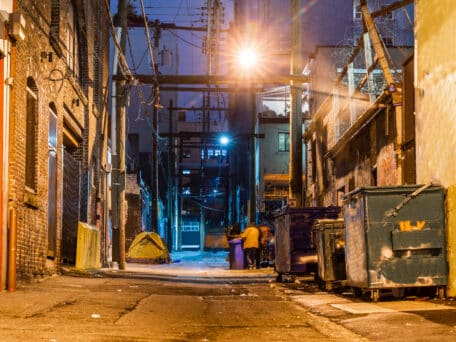The fight for a $15 minimum wage is coming to our nation’s major cities. Over the weekend, Seattle’s self-proclaimed socialist councilmember headlined a 15 NOW event in Minneapolis, making a case for why the city should become the third in the nation to adopt a $15 minimum wage. Fortunately for businesses in Minneapolis, Kshama Sawant doesn’t appear to have been particularly successful—the two Minneapolis city councilmembers most sympathetic to the idea expressed support for a minimum wage hike, but stopped short of endorsing the $15 per hour wage.
The same cannot be said for the Democrat politicians running the Big Apple. New York City Mayor Bill de Blasio has pledged his support for raising the minimum wage to $15 per hour. Under de Blasio’s plan, New York City would increase the minimum wage to more than $13 an hour in 2016 and to $15 an hour by 2019.
The City of Los Angeles is currently considering a $15 minimum wage. The proposal would hike the citywide minimum wage to $13.25 by 2017 and $15.25 by 2019. A University of California, Berkeley study predicted small clothing manufactures could leave L.A. if the minimum wage is hiked, among other concerns.
With so many major cities contemplating the significant jump in the minimum wage at the expense of small businesses, one would think that a lot of thought went into arriving at the $15 per hour figure. But, that’s just not so. In fact, the $15 minimum wage movement was born out of a retaliatory union negotiation tactic—an arbitrary number picked by a top union executive for the purpose of leverage in contract negotiations.
It all started in the City of SeaTac when SEIU 775 president David Rolf set out to unionize workers at Sea-Tac airport. Employers—particularly Alaska Airlines—refused to give into Rolf’s typical bully tactics. So, he decided to take a different route.
Rolf placed a $15 minimum wage proposition on the citywide ballot as leverage against employers. And, as we here in Washington know, the ballot measure passed on a narrow margin. Ironically, due to a court challenge, the very airport workers Rolf attempted to organize into unions are now the only ones exempt from the $15 minimum wage in SeaTac.
Why $15 per hour and not $11, $12, $13.25, or any other figure? For the simple reason that the number “15” looks “nice and round” and is “easy to fit on a bumper sticker.” The number also has some history behind it, fast food workers rallied behind the figure when they attempted to unionize in 2012.
The $15 minimum wage is arbitrary and somewhat accidental, and businesses in Seattle and San Francisco will have to deal with the aftermath. The question is how many other cities will join.




